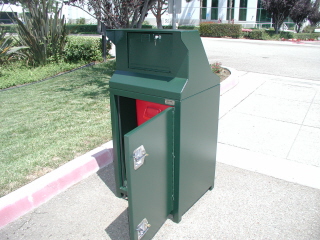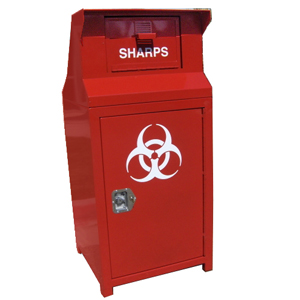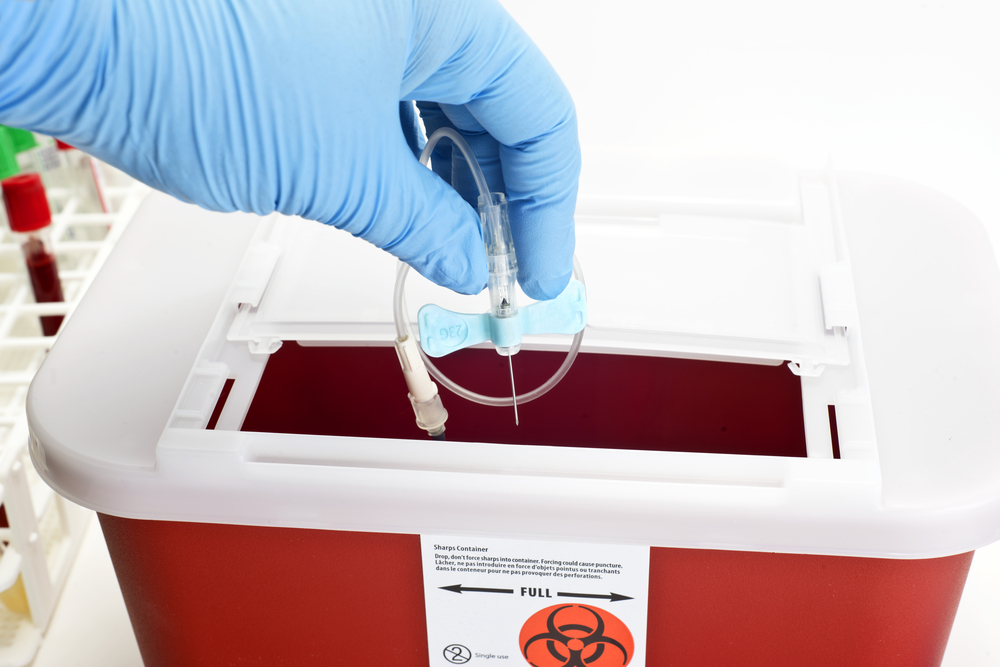
Enacted by OSHA in 1991, the Occupational Exposure to Bloodborne Pathogens Standard was designed to protect those who work in healthcare and related occupations. In an effort to accomplish this goal, the standard includes guidelines for the management of sharps, the disposal of regulated waste and training of employees.
Creating an Exposure Control Plan
As part of OSHA’s regulations, facilities must develop an exposure control plan. This is a written plan that outlines the protective measures the employer must follow in order to minimize employee exposure to bloodborne pathogens. This plan must contain the procedure for determining the type of exposure, for evaluating the circumstances surrounding the incident and a schedule for when the provisions of the standard will be implemented.
Identifying Regulated Waste
For the purpose of OSHA regulations, “regulated waste” is defined as any liquid or semi-liquid blood or other potentially infectious material. It also includes items contaminated with these fluids or caked with these dried fluids. Contaminated sharps and pathological or microbiological waste containing these fluids are also considered regulated waste.
Managing Sharps
OSHA has specific guidelines for managing sharps. All sharps containers must be labeled with the universal biohazard symbol. They also need to either contain the word “biohazard” or be color-coded with red. They must also be kept in an upright position and replaced routinely. In addition, sharps containers can never be allowed to overfill and they must be closed immediately prior to their removal in order to prevent spillage.
If leakage is possible, the sharps must be placed in a second container that is closable and constructed to contain all of the contents of the sharps container throughout the handling, storage and transport process. When using reusable containers, they cannot be opened, emptied or manually cleaned. Duct tape may be used to secure the lid of a sharps container so long as the tape does not serve as the actual lid.
In places where sharps containers are needed, they should be placed in an area that is easily accessible to employees. In most cases, this means placing the container in the area where the sharps are used, such as in patient care areas. In some facilities, such as psychiatric units or correctional facilities, this type of placement may not be practical. In this situations, a mobile cart in which the sharps container is locked may be necessary.
Training Employees
In addition to having the proper medical containers in place, OSHA regulations require the proper training of employees. Any employee who is at risk of occupational exposure to regulated waste must receive initial training as well as annual training. The person providing the training must be knowledgeable in the subject matter and must be familiar with the subject matter applies to the workplace where the training is being provided. The trainer must also be able to demonstrate expertise in bloodborne pathogens.
To get started with putting together your plan for addressing bloodborne pathogens in the workplace, visit the medical waste containers page on Securr. We will be sure to have a container to meet your needs!
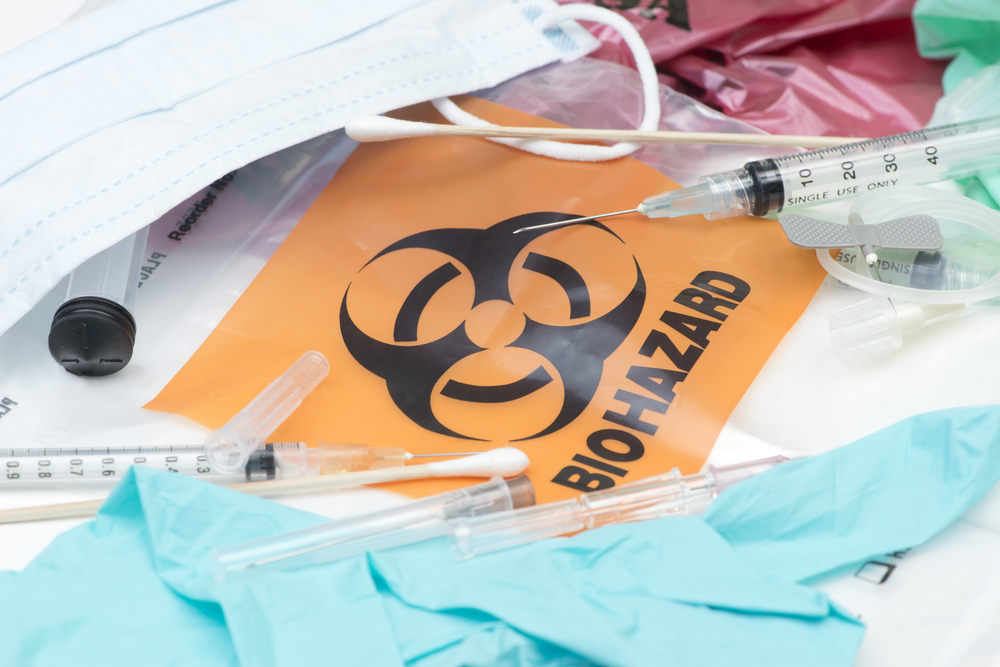

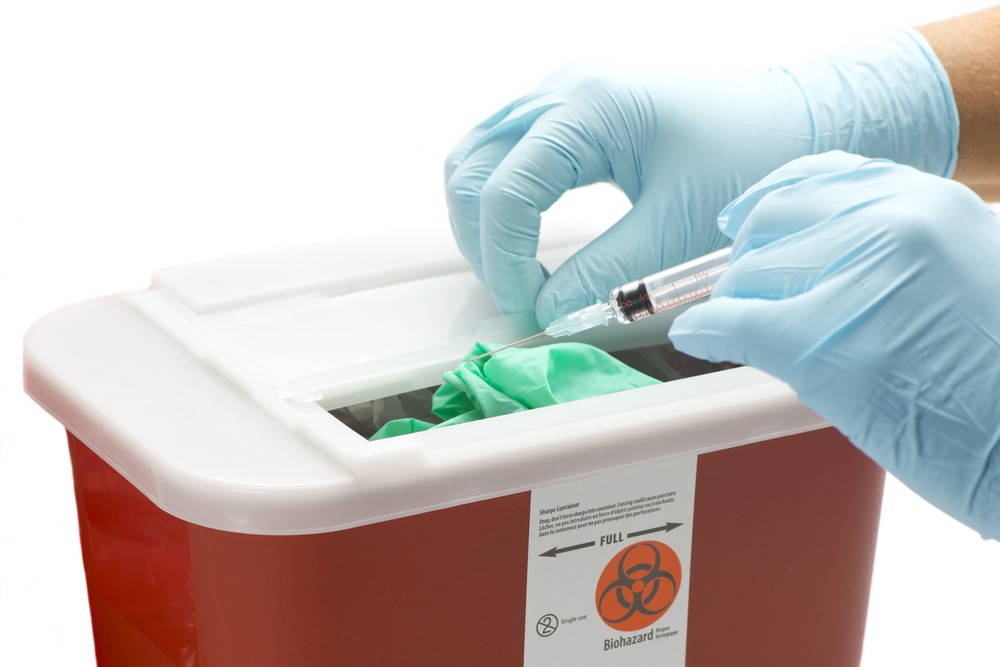
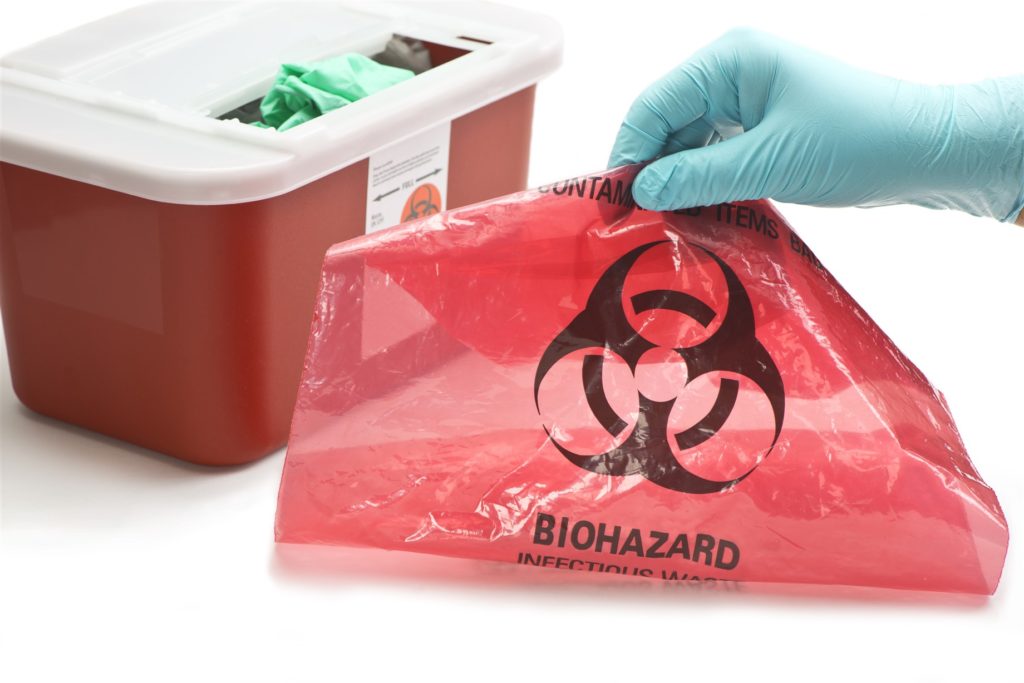
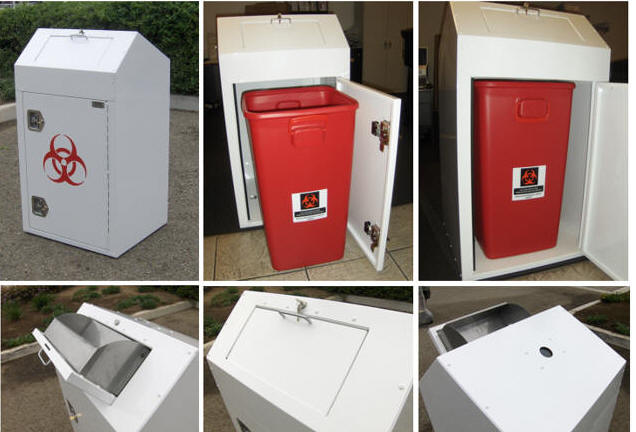 Securr Sharps and Pharmaceutical medical waste containers
Securr Sharps and Pharmaceutical medical waste containers
